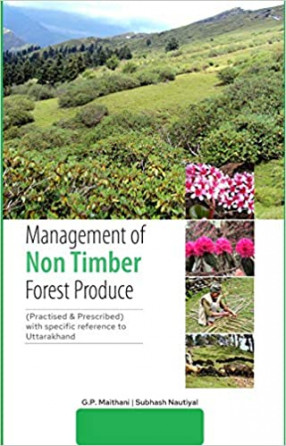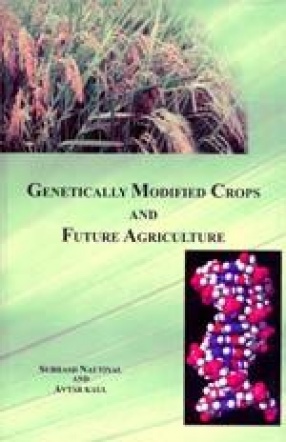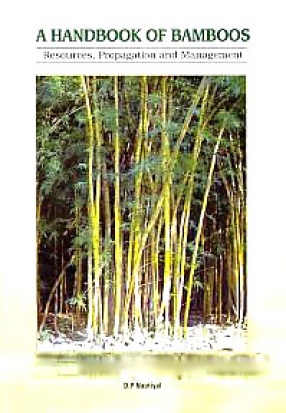Management of Non Timber Forest Produce (Practised & Prescribed) with specific reference to Uttarakhand
In India, Non Timber Forest products (NTFP) provide about 40 percent of total official forest revenues and 55 percent of forest-based employment. Nearly 500 million people living in and around forests depend on NTFPs as a critical component for their sustenance. It is now felt increasingly that management and development of NTFP resources is essential for various reasons. First, forest management focused on the production of NTFPs may be ecologically and economically sustainable provided that extraction rates do not exceed the maximum sustainable yield. Tribal communities have been involved in NTFP utilization for centuries without destroying the resource base. Managing forests for production of NTFPs also implies maintaining biological diversity of both plant and animal species. In one estimate it is suggested that up to 35 percent of the income of tribal households in India comes from the collection of unprocessed NTFPs. Also, since NTFPs involve a large variety of seasonal products, returns are frequent and relatively continuous. Though NTFP has become very important for social and commercial economies in developing countries but only timber production received major management attention. Now, rising commercial as well as social demands and high market prices of NTFPs have resulted in their large scale exploitation. Exploitation is generally being done without caring for the sustainability of the species and the ecosystem. More over the knowledge about planned, scientific and sustainable exploitation of majority of the species is lacking. As such many of them have become endangered, vulnerable and threatened. Some have reached extinction, threshold or might have become extinct. Considering NTFPs contribution in rural economy and livelihood of rural communities as a whole in the country and Uttarakhand in particular, the present book focuses on policy formation, research and management issues for ensuring sustainable development of these resources.
Get it now and save 10%
BECOME A MEMBER









Bibliographic information
Subhash Nautiyal